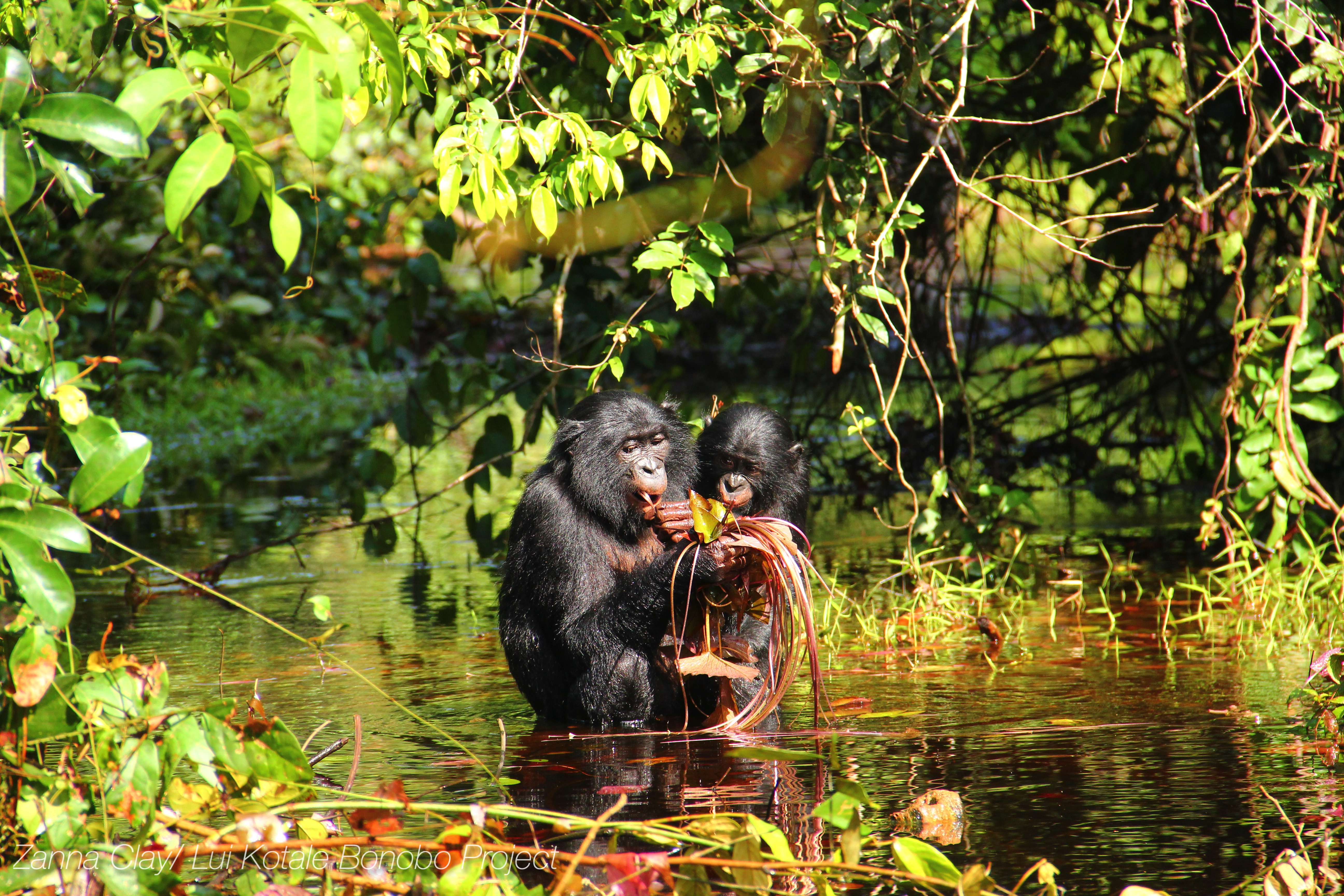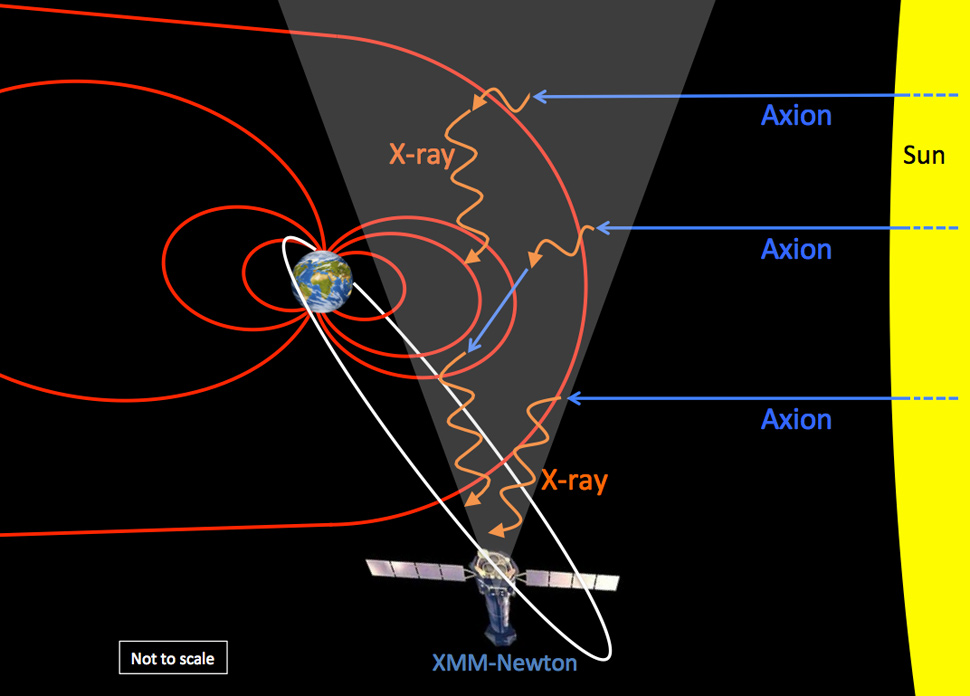Bonobo communication is a fascinating area of study that reveals how closely these remarkable apes resemble humans in their vocal interactions. Researchers have gathered evidence suggesting that bonobos engage in complex vocalizations that mirror the fundamental aspects of human language, including compositionality—the ability to combine sounds into meaningful phrases. This study indicates that bonobos not only use distinct sounds for specific social cues but also create sequences that convey intricate social situations, hinting at an evolutionary backdrop for animal language. Through their vocal behavior, bonobos display a level of social awareness and coordination that underlines the importance of vocal complexity in their interactions. Understanding bonobo vocalizations contributes significantly to our knowledge of language evolution and the roots of communication in social species, bridging insights between animal behavior and human language development.
Exploring the intricacies of how bonobos convey meaning offers profound insights into the realm of animal communication and social interaction. This primate species, renowned for its affectionate nature and complex social dynamics, utilizes vocal signals that not only express emotions but also coordinate group behaviors, akin to a primitive form of social language. The ability of bonobos to modulate their calls in accordance with social contexts reflects an advanced understanding of relational dynamics among peers. By examining the nuances of their vocal exchanges, researchers uncover a layer of sophistication in bonobo social behavior that parallels early human communication methods. Such findings open new avenues for comprehending the evolutionary pathways that have shaped both human and bonobo linguistic capabilities.
The Nature of Bonobo Communication
Bonobos possess a unique form of communication that is intricate yet instinctive. Researchers are uncovering the ways in which these primates vocalize to express a range of emotions and social dynamics. Through sophisticated patterns in their vocalizations, bonobos exhibit an ability to communicate much like humans do. This includes using different sounds to convey specific messages, demonstrating a level of vocal complexity and social awareness previously enigmatic to observers.
In studies conducted at the Kokolopori reserve, it was observed that bonobo communication encompasses a variety of calls and sounds, indicative of their social intelligence. The context in which these vocalizations occur enhances their meaning, much like how humans employ tone and inflection. This emerging understanding of bonobo communication suggests that their linguistic capabilities may be deeply rooted in the evolution of animal language, providing insights into our own communication heritage.
Bonobo Vocalizations and Social Structure
The vocal repertoire of bonobos is diverse, consisting of peeps, yelps, and whistles that serve distinct functions within their social structure. Each call is not merely a sound, but a vital component of their social interactions, helping them organize and maintain complex relationships within their groups. The emergence of specific vocalizations for different contexts showcases the adaptability and intelligence of bonobos as social animals.
Researchers have begun compiling a dictionary of these vocalizations, which assists in decoding the underlying meanings and social implications of bonobo calls. This structured communication system enables bonobos to navigate their social environments effectively, demonstrating how social complexity influences vocal complexity. By examining these interactions, scientists can draw parallels between bonobo and human communication, highlighting the evolutionary connection between the two.
Compositionality in Bonobos: A Glimpse into Language Evolution
The concept of compositionality plays a critical role in our understanding of bonobo communication and its implications for language evolution. Bonobos display a knack for creating new meanings by combining different vocalizations, reminiscent of how humans construct sentences from individual words. This ability suggests that the roots of language may extend beyond human beings, indicating that the evolutionary journey of communication began much earlier than previously thought.
This discovery challenges the long-held belief that the capacity for complex language is unique to humans. Instead, it indicates that bonobos engage in a form of animal language that exhibits similar structures to human speech. By exploring the compositionality in bonobos, researchers can better understand how language may have evolved, providing vital context to our knowledge of communication development across species.
The Role of Social Behavior in Bonobo Communication
Bonobo social behavior is intricately linked to their communication strategies. The animals exhibit a range of vocalizations that correlate with specific social contexts, such as group movements or expressions of anxiety. This capability not only facilitates immediate social interactions but also reinforces the bonds within the group, demonstrating the importance of vocal communication in maintaining intricate social networks among bonobos.
Instances of split factions within bonobo groups showcase the effectiveness of vocal coordination. When separated, bonobos rely on their vocalizations to regroup, emphasizing the adaptive nature of their communication. This aspect illustrates how bonobo social behavior has likely evolved alongside their communication systems, allowing them to thrive in their natural habitats through coordinated social dynamics.
Human-like Communication Patterns in Bonobos
Recent studies indicate that bonobos exhibit communication patterns strikingly similar to human language. Researchers have found that these primates utilize word compounds and phrasings, which are hallmarks of human communication. Such sophistication in their vocal expressions suggests that bonobos are capable of nuanced communication that parallels the complexities found in human interactions.
Moreover, the evolution of language may find its roots in these shared patterns of vocalization. Given that bonobos and humans share a common ancestor, the insights gained from understanding bonobo communication may offer valuable clues about the evolution of language itself. This highlights the importance of examining animal communication in our quest to understand how human language emerged and evolved over time.
Investigating Bonobo Social Dynamics through Vocalizations
The social dynamics of bonobos are significantly illuminated by their vocalizations. Researchers have meticulously documented various contexts in which bonobos employ distinct calls, contributing to the understanding of their social structures. These analyses reveal that vocal patterns are not random but are carefully tailored to convey specific information, crucial for social cohesion and group coordination.
The research, which lasted eight months, has shown that vocalizations can indicate a myriad of social situations, from expressing fear to commanding action. By observing these behaviors, scientists can reconstruct the social hierarchies and group interactions of bonobos, fostering a deeper appreciation for their complex social lives. This evidence reinforces the notion that vocal communication is central to maintaining their intricate social frameworks.
Understanding Bonobo Intelligence through Vocal Complexity
Bonobos are often lauded for their intelligence, which is reflected in their sophisticated vocal communication. The varying sounds they produce are not only functional but also demonstrate an awareness of social contexts. By examining how different sounds correlate to specific behaviors, researchers can gain insight into the cognitive abilities of bonobos, revealing the underlying intelligence that drives their communication.
Thus, the complexity of bonobo vocalizations serves as an indicator of their social intelligence. As they navigate their social worlds, the ability to use vocalizations adeptly suggests a high degree of cognitive function, marked by an understanding of social relationships and the ability to modify behavior based on social cues. This understanding further emphasizes the interconnectedness of vocal communication and cognitive capacity in bonobos.
The Innovative Research Methods for Studying Bonobo Communication
The innovative research methodologies employed by scientists studying bonobo communication have yielded unprecedented insights into their vocal behaviors. Drawing on techniques from human linguistics, researchers were able to compile extensive data on bonobo vocalizations and their associated contexts. By systematically documenting these interactions, the study was able to create a comprehensive understanding of the complexity behind bonobo communication.
These research methods not only enhance our comprehension of animal vocalizations but also pave the way for future explorations into the communication systems of various species. The ability to quantify and analyze the vocal repertoire of bonobos signifies a significant milestone in animal communication studies, marking the beginning of a new era in understanding how language and communication evolve across species.
Implications of Bonobo Language Research for Animal Communication Studies
The findings of the research into bonobo communication hold profound implications for the broader field of animal communication studies. By demonstrating that bonobos share qualities with human language, researchers have opened new avenues for exploring the cognitive and communicative abilities of other primate species. This can transform our understanding of animal intelligence and the evolution of language itself.
As studies advance, we may find that many other species exhibit similar complexities in their vocalizations. This encourages a reevaluation of how we understand communication across different animal groups, highlighting the need for comparative studies in communication systems. Ultimately, the insights drawn from bonobo language research may reshape our understanding of intelligence and social behavior within the animal kingdom.
Frequently Asked Questions
What role do bonobo vocalizations play in their social behavior?
Bonobo vocalizations are crucial for their social behavior, allowing them to communicate complex social situations and coordinate group actions. Their vocal repertoire includes peeps, yelps, and whistles that convey commands, internal states, or refer to external events. This communication helps bonobos maintain social bonds and navigate their intricate social structures.
How do bonobos demonstrate compositionality in communication?
Bonobos exhibit compositionality in their communication by forming combinations of vocalizations that create new meanings, akin to word compounds in human language. For example, a bonobo might emit a peep followed by a whistle to indicate a tense situation or to coordinate movements within their social group, illustrating their ability to communicate complex information efficiently.
What findings support the idea of animal language evolution in bonobos?
Recent studies suggest that bonobos may possess early forms of language evolution, as their vocalizations demonstrate structured, combinatorial communication similar to human language. Researchers found that bonobo vocalizations could form complex phrases and convey distinct meanings, indicating that the roots of language might extend back to our common ancestor with these primates.
How do bonobo vocalizations compare to human language?
Bonobo vocalizations share similarities with human language in their use of compositionality and complexity. Just like humans, bonobos can create new meanings by combining vocal sounds and expressions to suit various social situations, suggesting a sophisticated communication system that parallels some aspects of human language development.
What is the significance of studying bonobo communication for understanding animal language?
Studying bonobo communication offers significant insights into the evolution of animal language, as it demonstrates how vocal complexity correlates with social complexity. By compiling a ‘dictionary’ of bonobo vocalizations, researchers can better understand how various sounds relate to specific social behaviors, thus enhancing our comprehension of the origins and development of language in both humans and animals.
Can bonobo vocalizations indicate social coordination?
Yes, bonobo vocalizations are key indicators of social coordination. They use specific sounds to signal others in their group, whether to unify after splitting apart or to alert them to potential dangers. This ability to vocalize over distances facilitates their complex social interactions and enhances the group’s cohesion.
What methods do researchers use to study bonobo communication?
Researchers apply methods from human linguistics to study bonobo communication, analyzing vocal behavior in various contexts. They meticulously record vocalizations, noting corresponding actions and social situations to understand how these calls influence group dynamics and to compile a comprehensive inventory of their vocal repertoire.
How does the social structure of bonobos influence their communication?
The complex social structure of bonobos influences their communication by necessitating a sophisticated vocal repertoire. Their social organizations, characterized by long-term bonds and group dynamics, require effective communication strategies to maintain relationships, manage conflicts, and coordinate activities.
| Key Aspects | Details |
|---|---|
| Vocalizations | Bonobos use vocalizations similarly to humans, demonstrating a level of compositionality in their communication. |
| Word Compounds | Researchers suggest that bonobos utilize equivalent of word compounds and phrases to express complex ideas. |
| Communication Complexity | The study identifies a connection between vocal complexity and social complexity, akin to humans. |
| Data Collection | Researchers cataloged vocalizations and corresponding actions over eight months to create a ‘dictionary’ of bonobo communication. |
| Evolutionary Insights | Findings indicate that the roots of language and sophisticated communication systems might predate human language. |
| Similarities with Chimpanzees | Bonobo communication parallels observed complexity in chimpanzees, suggesting shared traits from their common ancestor. |
Summary
Bonobo communication reveals fascinating similarities to human language, demonstrating sophisticated vocalizations and compositional structures that help these primates navigate their complex social environments. This study highlights that the roots of language may extend beyond Homo sapiens, suggesting that our closest relatives possess advanced communication systems that foster social bonds. The insights garnered from bonobo vocalizations not only illuminate animal communication but also deepen our understanding of human linguistic evolution.









